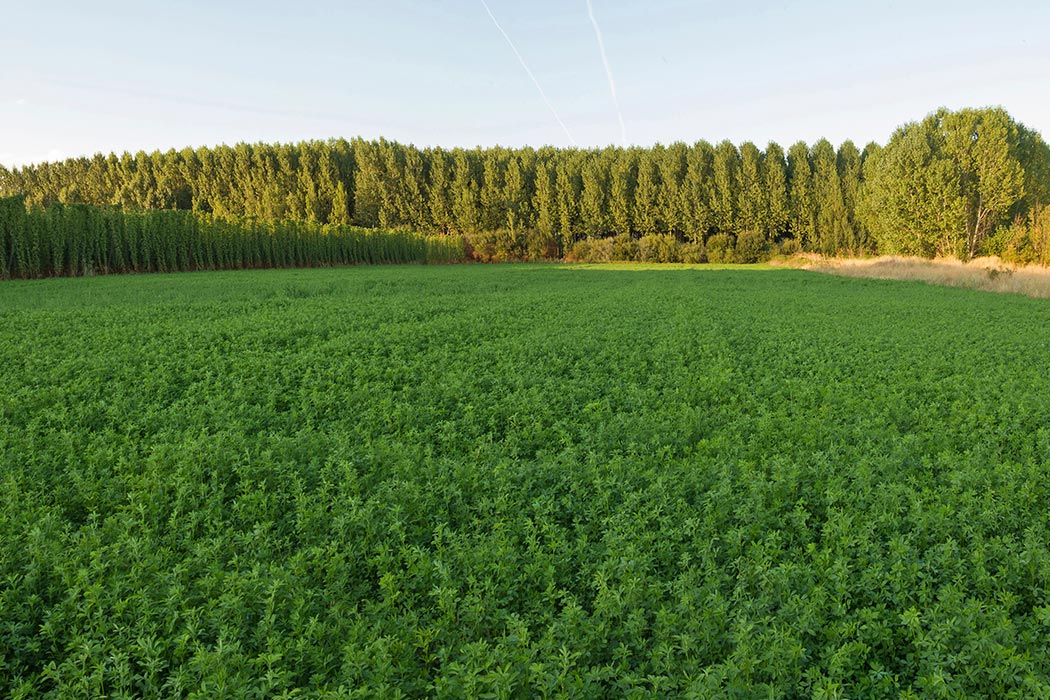Farmers looking for profits are increasingly turning to an old technique to preserve soil health: cover crops. The use of cover crops—non-commercial crops planted in between profitable harvests—is ancient: even the Roman poet Virgil references cover crops, but the practice is undoubtedly far older. In recent decades, these living mulches have fallen out of favor, replaced by commercial fertilizers producing repeated commercial harvests without interruption for soil recovery. Now that commercial yields are declining, some farmers are returning to older methods. Given the many benefits of properly used cover crops, it’s amazing that their use ever declined.
One of the most comprehensive studies of cover crops was published in the journal Weed Science in 2002 by Nathan Hartwig and Hans Ammon. They focus on the wonderfully named Hairy Vetch, although other vetches, clovers, rye, oats, and alfalfa have all been used in different combinations. Hartwig and Ammon document the benefits of these plants for different types of agriculture, ranging from commodity crops such as corn and wheat to vineyards, orchards, and vegetable patches.
The benefits touch almost every aspect of agriculture. For example, compared to traditional fertilized fields, cover crops reduce water runoff by nearly double, more if standard erosion reduction measures are not employed. Soil retains more water, and soil temperature is more stable, which reduces wilting of commercial during hot summers. Additionally, soil erosion is reduced by a factor of 700.
These crops also improve soil nutrients. Cover crops help restore lost soil nitrogen, providing more for the next profitable crop. Conversely, when fields have been over-fertilized, cover crops help remove some of the excess nitrogen. Cover crops also support larger worm populations and more beneficial soil bacteria (many plants have mutually beneficial relationships with subsoil bacteria and fungi). Fields with living mulches see fewer pests, including aphids and corn borers, the scourge of corn farmers. The overall result of cover crops is improved yields and healthier plants, so while there may be fewer cash harvests, each one is more valuable.
There are also environmental benefits. Less fertilizer and less water runoff means fertilizer entering water bodies and causing eutrophication or dead zones. When cover crops are used for forage, or allowed to die off naturally, there is no need for herbicide treatment to control weeds between harvests.
One of the greatest accomplishments of the 20th century was an almost exponential increase in agricultural yields. The industrial practices that brought those improvements have degraded and sometimes poisoned the land and water. Cover crops are not going to solve all these problems, but there is a reason these crops were used for thousands of years. Sometimes looking to the future means glancing toward the past.







